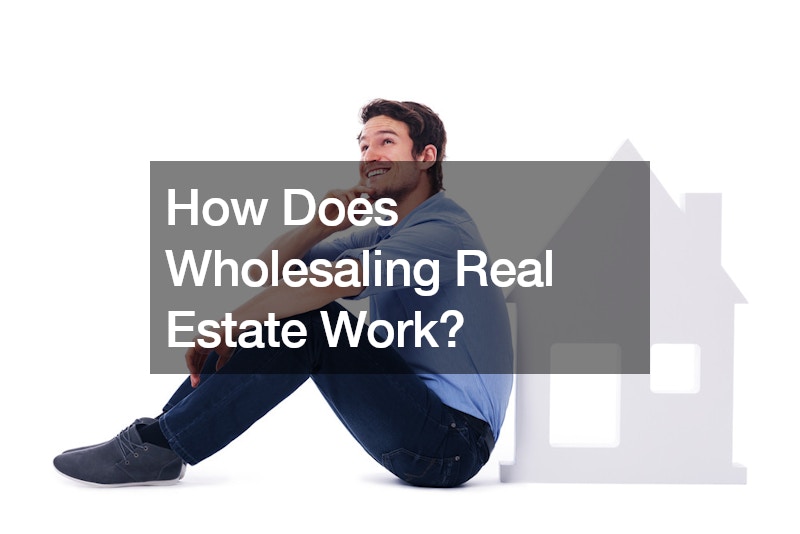Wholesaling real estate is a strategy that allows investors to profit from properties without having to buy or renovate them. It involves finding discounted properties, securing the rights to purchase them, and then assigning those rights to another buyer for a fee. This method can be a great way for new investors to enter the real estate market with minimal capital and risk.
Here’s a detailed look at how wholesaling real estate works.
Step 1: Finding a Property
The first step in wholesaling real estate is to identify a property that is significantly below market value. These properties are often distressed, such as those in foreclosure, needing major repairs, or owned by motivated sellers looking to offload quickly. Wholesalers use various strategies to find such properties, including networking with real estate agents, searching through public records, attending auctions, and using direct marketing techniques like sending letters to homeowners.
Step 2: Evaluating the Deal
Once a potential property is identified, the wholesaler needs to evaluate the deal to ensure it’s a good investment. This involves estimating the property’s after-repair value (ARV), the cost of necessary repairs, and determining the maximum allowable offer (MAO). The MAO is typically calculated to ensure there is enough margin for the end buyer to profit after purchasing, renovating, and reselling the property.
Step 3: Securing the Property
After evaluating the deal, the wholesaler makes an offer to the property owner. If the offer is accepted, the wholesaler then signs a purchase and sale agreement with the seller. This contract gives the wholesaler the right to buy the property at the agreed-upon price within a certain period. Crucially, the contract should include a clause allowing the wholesaler to assign the contract to another buyer.
Step 4: Finding a Buyer
With the contract secured, the next step is to find a buyer who is willing to purchase the property at a higher price than the wholesaler’s contracted price. This buyer is often a real estate investor looking for properties to fix and flip or rent out. Wholesalers use various methods to find buyers, including networking, building a buyers list, and marketing the property online and through real estate investment groups.
Step 5: Assigning the Contract
Once a buyer is found, the wholesaler assigns the purchase contract to the buyer for a fee. This fee is typically the difference between the contracted price with the seller and the price agreed upon with the buyer. For example, if the wholesaler has a contract to buy a property for $100,000 and assigns it to a buyer for $110,000, the wholesaler makes a $10,000 assignment fee.
Step 6: Closing the Deal
The final step is closing the deal. The buyer completes the purchase directly with the original seller, using the terms outlined in the original purchase contract. The wholesaler receives their assignment fee at closing, effectively stepping out of the transaction. The buyer takes ownership of the property and can proceed with any planned renovations or sales.
Benefits and Risks
Wholesaling real estate offers several benefits, including low upfront costs, quick turnaround times, and the ability to build significant profits without needing to finance or manage properties directly. However, it also comes with risks, such as the possibility of not finding a buyer in time, legal complexities, and potential issues with property valuation.

